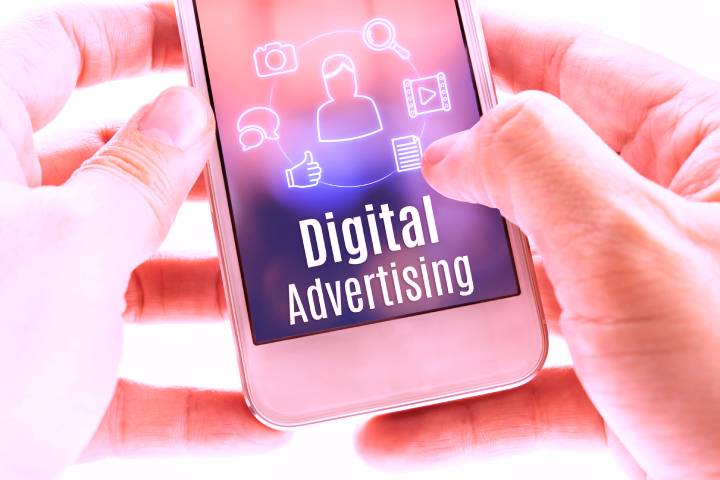The Internet is a unique environment that places specific demands on an individual, groups of individuals and businesses. This includes human-to-human interaction, which is organized according to completely different principles on the Internet than in other forms of communication.
For almost 30 years, the Internet has been a complex, self-organizing communication environment unprecedented in history, with constantly evolving properties and applications. Often this medium is referred to as digital to emphasize that it is a communication that uses digital technology. These digital devices increase the “power” of communication, their immunity to interference. They enable all communication participants to control the communication process equally and ultimately to communicate – both individually and at group and supergroup level. This is ideal for marketing communications. Learn more about different forms of corporate communication.
Table of Contents
The Functions Of External Digital Communication
All functions of digital communication of companies can be reduced to stimulating the sale of products and generating demand. External digital communication aims to fulfill general marketing tasks of companies, such as:
- Formation of purchase motivation
- Awakening or updating the needs and desires of consumers
- Establishing or maintaining positive relationships with consumers, partners and Company employees
- Creation of a positive image of the company
- Informing the public about the events and activities organized by the company
- Informing about the characteristics of the company’s goods and services
- Creating a positive attitude towards the brand of goods or products
- Branding/recognition of the company and its products
The pragmatic function of external digital communication is to influence the consumer and specifically his preferences and opinions. External digital communication uses all possible internet channels to advertise goods and services. Which channel is chosen depends on the target group and the product to be advertised.
Also Read: 4 Tips And Ideas For A Winning Digital Strategy
Why Do Companies Need External Digital Communication?
In short: Constant accessibility, because it enables the target group to be addressed directly. Thanks to digital communication, the company finds itself on those smart devices that its potential and existing customers usually do not (or cannot) part with. In addition, contact with the customer is maintained in all phases – from the first acquaintance with the brand to the purchase decision.
But the main advantage is that in the process of digital communication with the target audience, the brand receives objective detailed data about its customers: demographics (gender, age, location), behavioural characteristics (hobbies, preferences), etc. Such information is a lot with offline tools harder to obtain. Analysis of this data makes it possible to build an advertising campaign more precisely and, if necessary, to change tactics or a communication channel.
The Organization In The Company
In practice, there are two main approaches to organizing external digital communication:
- the assignment of external digital communication as a separate direction within a company’s business processes
- the integration of external digital communication into the marketing department
Both approaches have strengths and weaknesses and are chosen by companies considering their specifics. The second approach is suitable for most companies. Digital communication does not contradict the basics of classic marketing, although it brings its own special tools into the marketing mix. It is therefore extremely inefficient to have two separate departments and activity plans, one for offline and the other for online. Consumers do not draw a line between these two directions, which means for the advertiser to synchronize the time periods of advertising activities.
The Most Important Tools Of External Digital Communication
These channels provide online marketers with effective means of building digital communications aimed at attracting and retaining an audience, targeting different segments of audiences differently, and reducing the cost of advertising campaigns:
- website or landing page
- Content Marketing
- Social Media
- SEO – Search Engine Optimization
- SEA – search engine advertising
- Native advertising: special projects in the media, bloggers/influencers
- E-Mail-Marketing
An example: people who show a continuous interest in a topic visit the same topic pages or specific sections of these pages. Advertising targeting a specific consumer segment has two main benefits. Firstly, these advertisements correspond to the current needs of the user. Secondly, it is displayed not only on thematic websites, but also on all other websites that the user visits (technical term: remarketing/retargeting), i.e. far from competing offers.




